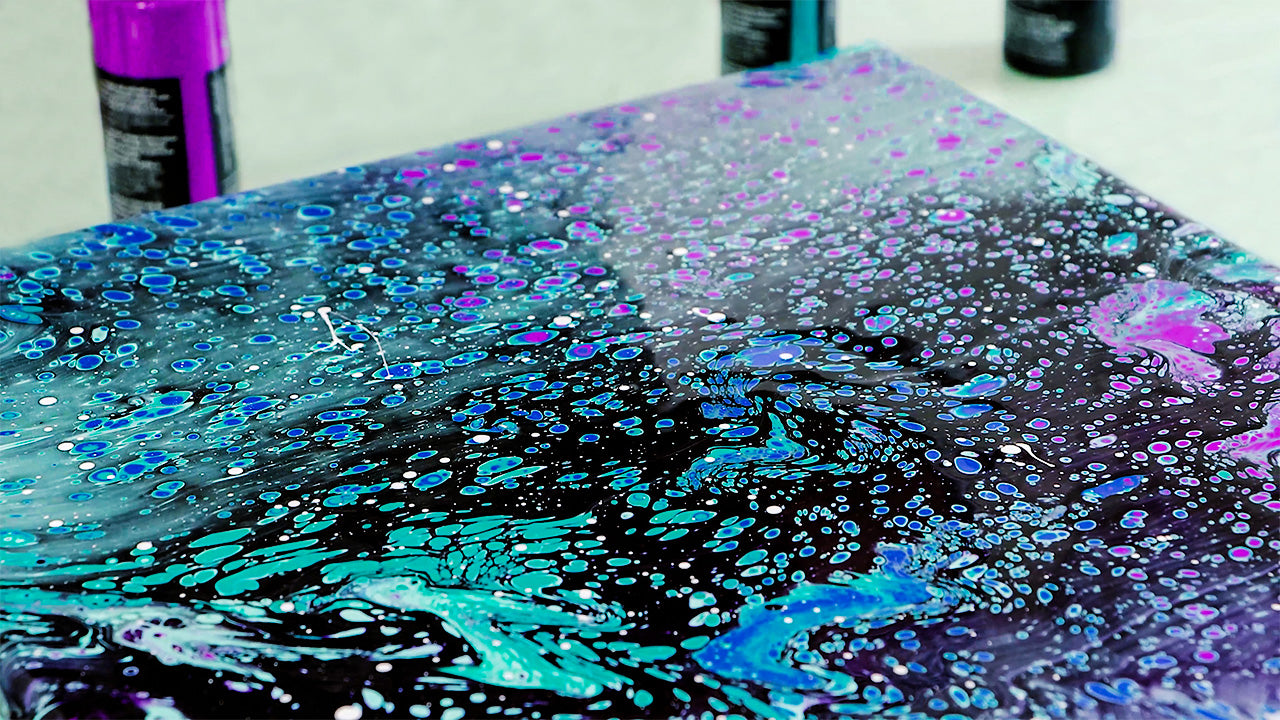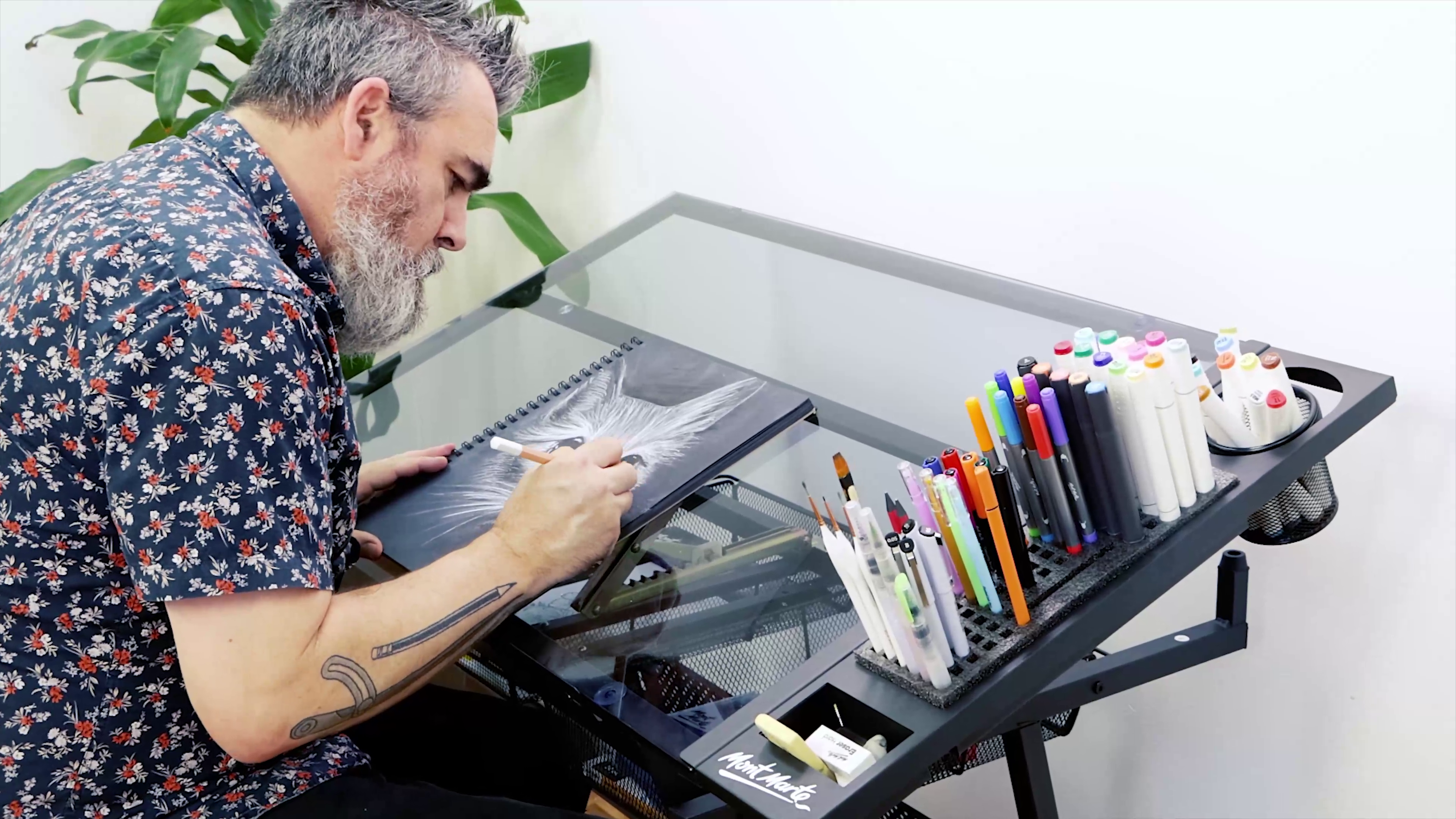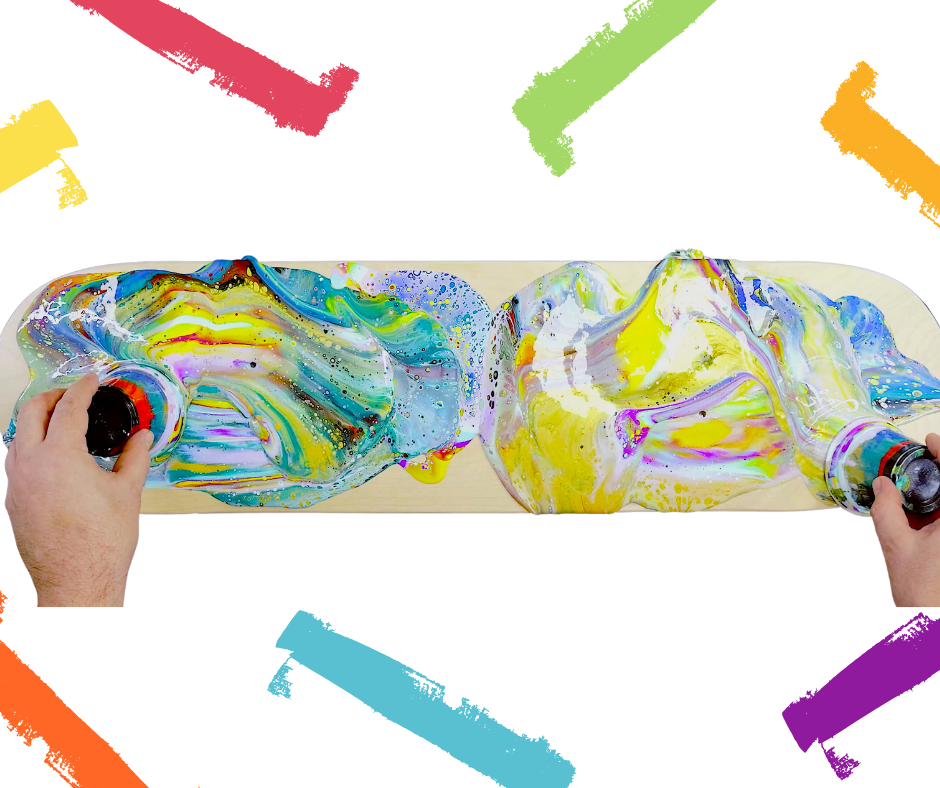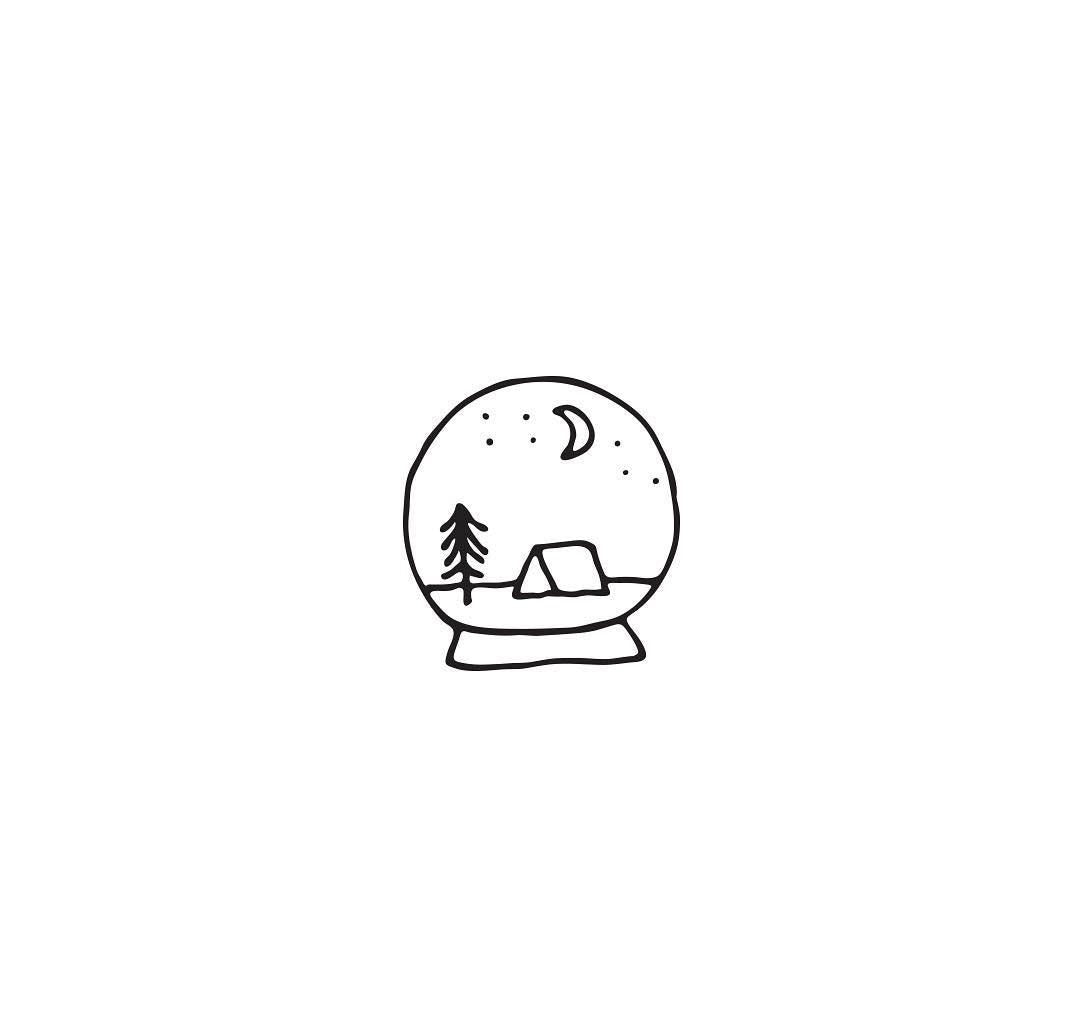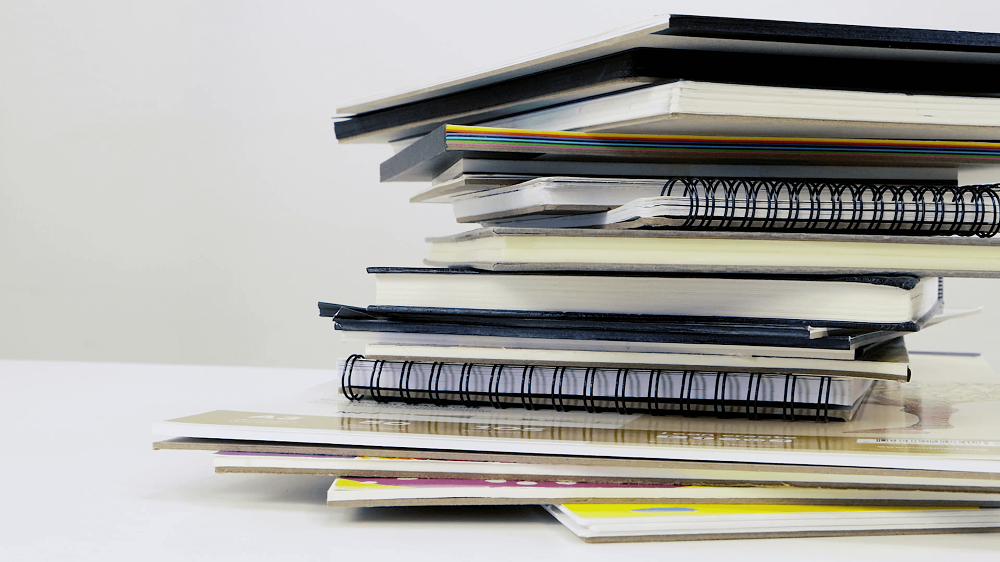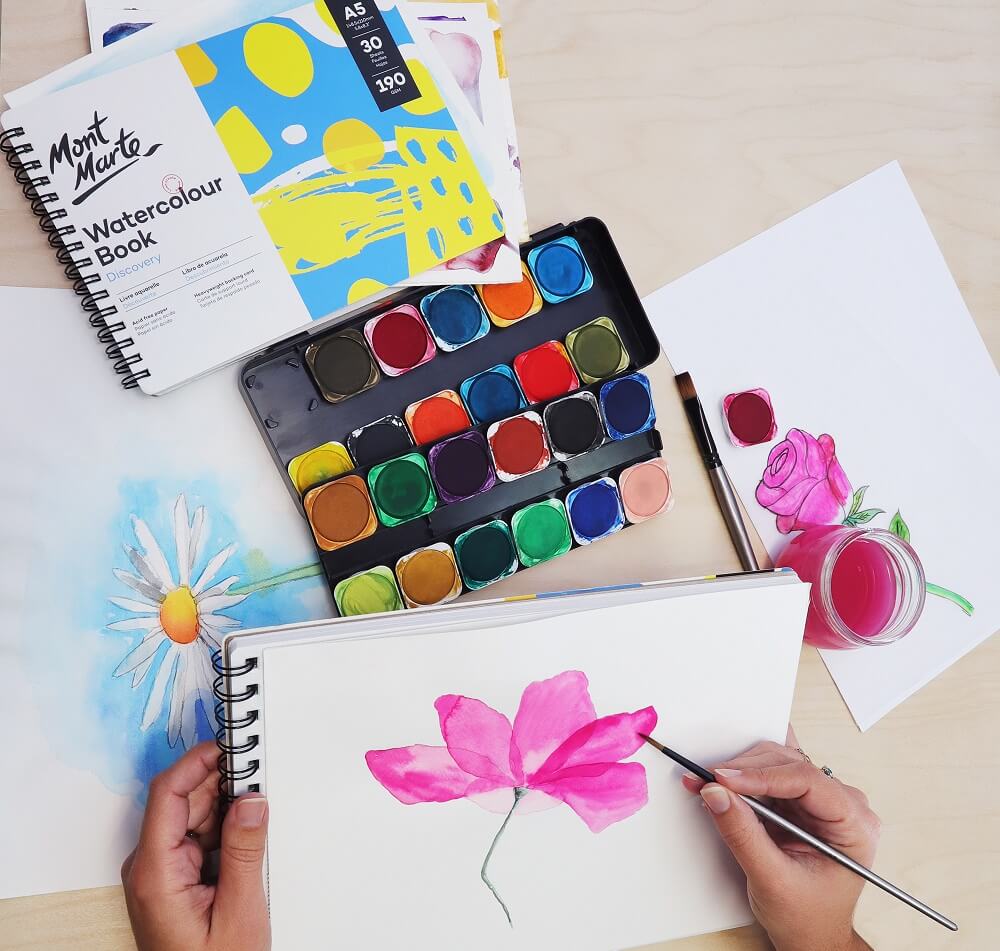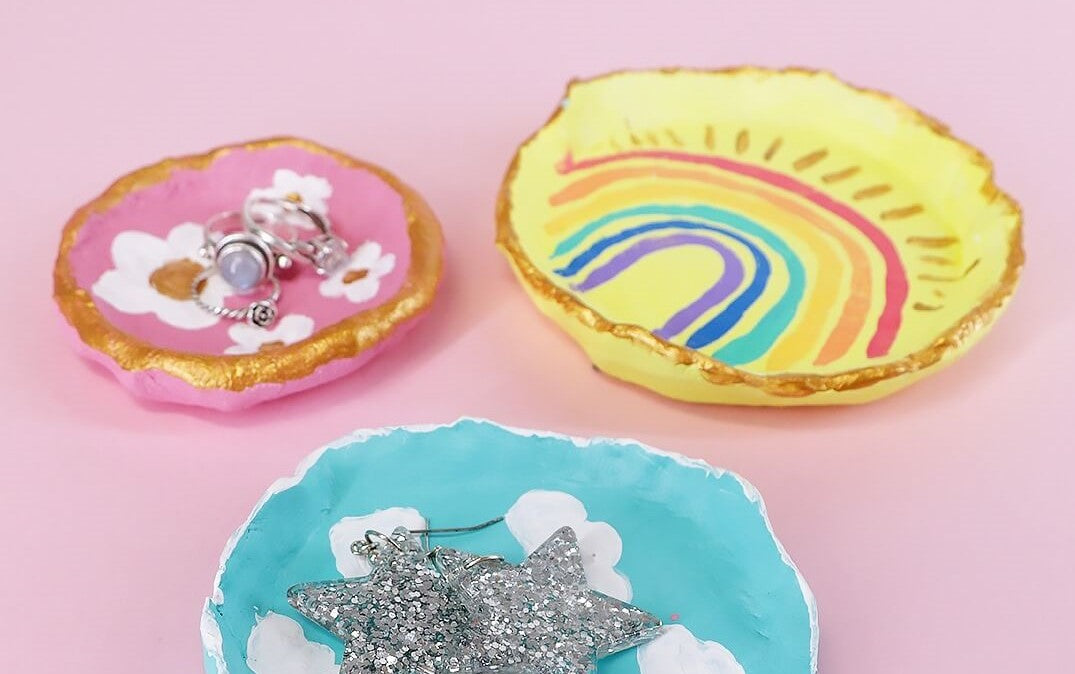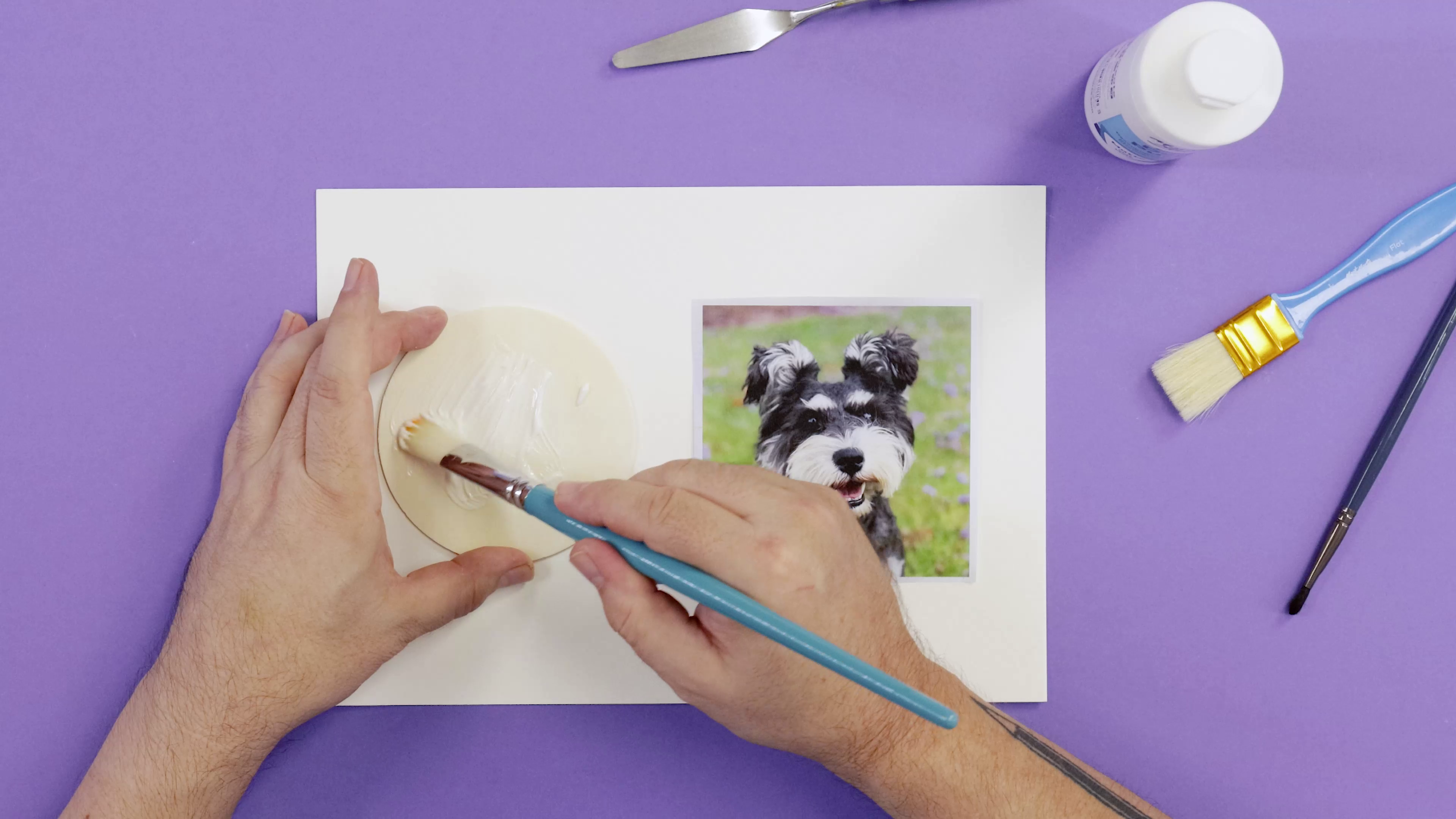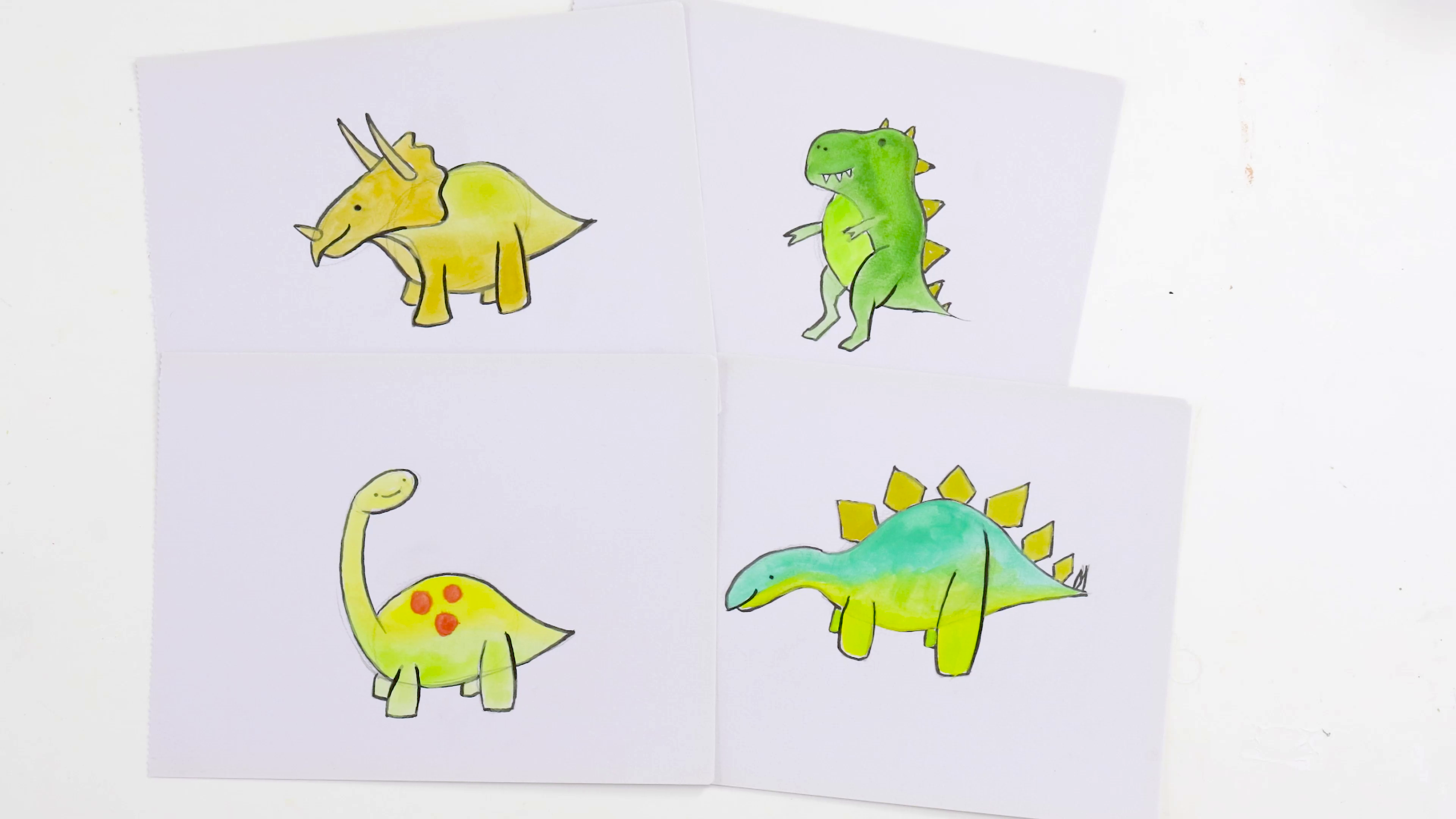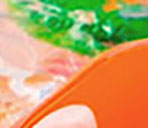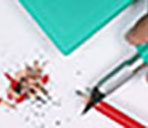Drawing without a reference can feel intimidating even for experienced artists. You sit down with a sketchbook, ready to go, but suddenly... you’ve forgotten what a bird’s wing looks like, or how an elbow bends.
But here’s the trick: drawing without a reference isn’t about getting everything ‘right’, it’s about building visual memory, trusting your instincts, and letting your creative side take the lead. Whether you’re sketching florals, wildlife, figures or imaginary scenes, these tips will help you feel more confident drawing from your mind’s eye.
1. Familiar drawing: start with what you know

When you don’t have a reference in front of you, start with shapes or subjects that feel familiar. Maybe it’s a flower you’ve painted a hundred times, a bird you spotted last weekend, or something you’ve memorised from past work.
Begin with simplified forms – loose, basic shapes – and refine from there. Trust your muscle memory. The more you practise drawing a subject over time, the easier it becomes to recall the structure without needing to look it up every time.
2. Visual library (DIY references!)

Instead of relying on random image searches or waiting for inspiration to strike, start building your own visual library – a collection of sketches, studies, and drawings you’ve already created.
Keep them organised in a sketchbook, folder, or even on a corkboard so you can refer to them when you're drawing something similar. For example, if you’ve sketched a few different types of birds, you can glance back at the various poses and wing shapes when making a new piece without needing a new photo every time.
This kind of personal reference portfolio not only saves time – it also helps you recognise patterns in your own style and strengthens your confidence when sketching from imagination.
3. Drawing thumbnails to warm up

If you’re feeling stuck or unsure where to start, try drawing tiny thumbnail sketches first. Quick, small compositions help get ideas flowing without pressure. They don’t have to be polished – they’re just for you.
Use them to explore pose, shape, or balance. Once you find one you like, scale it up and start refining it into a full piece. You might be surprised how many good ideas come out of a messy little page of scribbles.
4. Stylised drawing

One of the best things about drawing without a reference is that you don’t have to get everything accurate. This is your chance to stylise – exaggerate features, play with proportion, or simplify what you don’t want to overwork.
You might find your own style comes through more clearly when you’re not bound by a photo. Let your lines be expressive and interpretive so they can carry your unique creative voice.
5. Drawing in layers

Don’t try to get everything perfect with your first line. Instead, draw in passes using a light pencil. Start with loose, sketchy shapes, then build up structure, details, and contrast as you go.
This approach takes the pressure off and lets you adjust your drawing as it evolves. Working in layers is especially helpful for wildlife and botanical subjects, where structure and softness often need to balance out. Plus, if you build up from light marks to darker linework, it’s easier to erase and rework the planning stages as you go.
6. Draw from memory… right after using a reference

If you’re trying to break away from always relying on reference photos, here’s a helpful exercise: draw from a reference first, then hide it and draw the same subject again from memory.
You’ll notice which parts stuck with you (typically the general shape or flow) and which parts need more visual practice (like finer details or proportions). This helps strengthen your visual recall in a low-pressure way.
You can also try this a few days later to see how much your memory holds over time. It’s a great bridge between using references and working entirely from imagination.
You don’t have to ditch references entirely – but learning to draw without one gives you more creative freedom. It helps strengthen your memory, develop style, and gain confidence in your artistic decisions.
If you do try sketching without a reference, let us know by tagging us on Instagram or Facebook @montmarteart or use #montmarteart. We’d love to see what you create!
To stay up-to-date with the latest projects, inspo, tips, and tricks, join our Creative Connection community by signing up down below.



